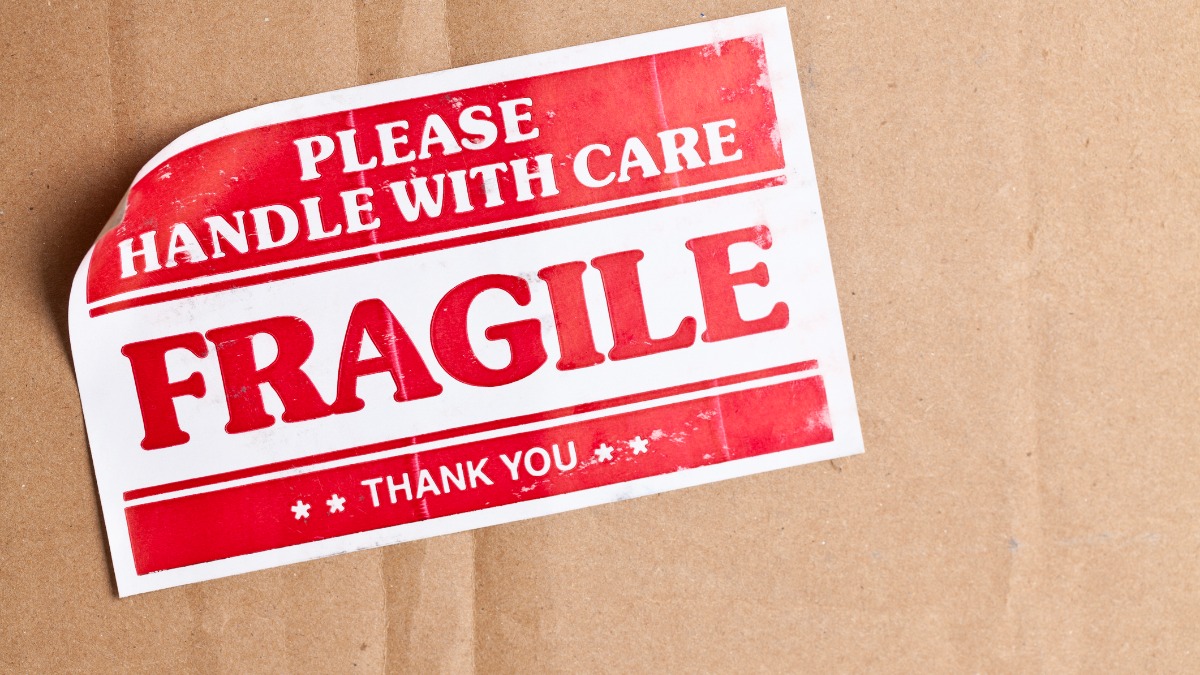Battery metals supply chains are becoming increasingly vulnerable

Pic: Getty Images
- The supply of numerous battery metals is concentrated in single jurisdictions, including in nickel and cobalt
- That means supply chains are fragile and prone to shocks
- Benchmark still expects major demand growth for battery metals despite near term oversupply
OPECs of battery metals are forming across the globe in supply chains dominated or heavily influenced by China.
That’s seen major swings to oversupply in recent years after EV materials ran hot a couple of years ago, as incentives, scale plays and new technology see China and its proxies beef up production and stockpile metals like lithium, nickel, cobalt and more.
That’s lead to concerns that western automakers will struggle to meet increasingly strict material sourcing rules in the Inflation Reduction Act, especially if Kamala Harris’ Democrats win this year’s US Election.
It’s partly why Benchmark analyst Harry Fisher sees diversification coming in the years ahead, albeit after what could be a prolonged period of mild prices in flooded markets like nickel and cobalt.
In short, the west will need to provide the conditions to invest in battery metals and downstream industries like chemical refining and cell-making to reinforce what are becoming incredibly fragile and concentrated markets.
“Manganese sulphate, or HPMSM, supply is over 90% Chinese right now. So that’s potentially a bottleneck for the West, particularly in terms of IRA compliance,” he told delegates at the Benchmark Mineral Intelligence Gigafactories APAC Conference in Perth last week.
“Around three quarters of mine supply (of cobalt) comes from the DRC alone, and the DRC has a lot of issues in itself to contend with.
“And then nickel now is increasingly dominated by Indonesia, potentially up to two thirds of supply in the medium term.”
This is an issue for Western carmakers under pressure to engineer a divorce from Chinese suppliers of lithium, nickel, graphite and other battery components.
But that level of concentration also leaves the market vulnerable to shocks like the price surge seen in manganese earlier this year when South32’s (ASX:S32) GEMCO operations on Groote Eylandt in the Northern Territory were knocked out by a cyclone.
“You have any event, whether it’s a weather event like we saw in Australia, whether it’s social unrest in the Congo, whether it’s some of the safety concerns that have been raised around some of the nickel smelters in Indonesia,” Fisher said.
“I think it just highlights how fragile some of these supply chains are and, over time, we will start to see more diversification of supply, but it’s still quite a long way to go in a lot of these markets that we covered, when you’re talking about kind of 70-80% of supply at one point in the supply chain being in one country.”
It’s worth noting that over half of the world’s lithium raw materials are produced in Western Australia, though large sources are also found in Chile, Argentina, China and Zimbabwe.
Small things make a big impact
GEMCO, one of a handful of suppliers of very high grade manganese concentrate, showed how tightly concentrated supply chains can cause big swings in battery materials prices.
“With the exception of nickel … lots of these markets are still very immature and structurally not that big in the grand scheme of commodity markets,” Benchmark analyst Daisy Jennings-Gray said.
“Something like manganese might not contribute a significant portion overall of the cost, but when that cyclone hit manganese sulphate prices rose by like US$200/t.
“When you looking at a material that’s only US$600/t to begin with that’s a big percentage increase on a single event that hit 10% of world supply which isn’t where the bottleneck is.
“You’re reliant on one region and that region is reliant on not that many sources of supply.”
In the short term though many of these markets are not expected to see a sharp return to the boom prices seen a couple years back.
That includes commodities where Australian producers and explorers have been hit like nickel and cobalt.
Nickel is now majority supplied by Indonesia, which has also emerged as the sole serious challenger to the DRC’s hegemony in cobalt supply.
“If you look at the cost base of most of those Australian producers, they just can’t make money at prices sitting in the US$16,000-17,000/t range,” Fisher said.
“We do expect prices to remain at that level and we don’t see any fundamental support for substantial price inflation, given that the market is quite substantially oversupplied.
“We see that surpluses will likely extend until later in the decade and that means that prices will remain fairly suppressed until then.”
That has also delayed the emergence of any sort of ‘green premium’ for supply from outside China and Indonesia.
“With these markets, when you’re in a period of time where there’s so much oversupply, it’s difficult for those bifurcations to evolve because there’s no reason for anyone to particularly be paying a premium,” Jennings-Gray said.
However, Benchmark’s number crunchers remain positive on long term demand growth for battery metals, including cobalt.
With prices at relatively low levels substitution risk is not as extreme and even with non-cobalt, nickel and manganese cathode chemistries emerging like LFP (lithium-iron-phosphate) and more novel technologies like sodium ion, conventional lithium-ion battery demand growth remains significant.
“We’re certainly not seeing kind of any strong evidence to suggest that that cobalt demand trend that we presented is at risk,” Fisher said.
“Actually, I think that probably the more interesting thing recently is how cobalt demand could even actually be higher from some improvements for the mid-nickel chemistries.”
According to Benchmark, batteries will displace stainless steel as the key end market for nickel by 2040 on current trajectories, shifting from 65%-17% split in favour of steel to 47-42% in favour of batteries.
Manganese is in oversupply, but could see 58% of additional demand growth by 2030 in a hypothetical scenario where LFP batteries doped with manganese to improve their range grab market share.
Related Topics
UNLOCK INSIGHTS
Discover the untold stories of emerging ASX stocks.
Daily news and expert analysis, it's free to subscribe.
By proceeding, you confirm you understand that we handle personal information in accordance with our Privacy Policy.








